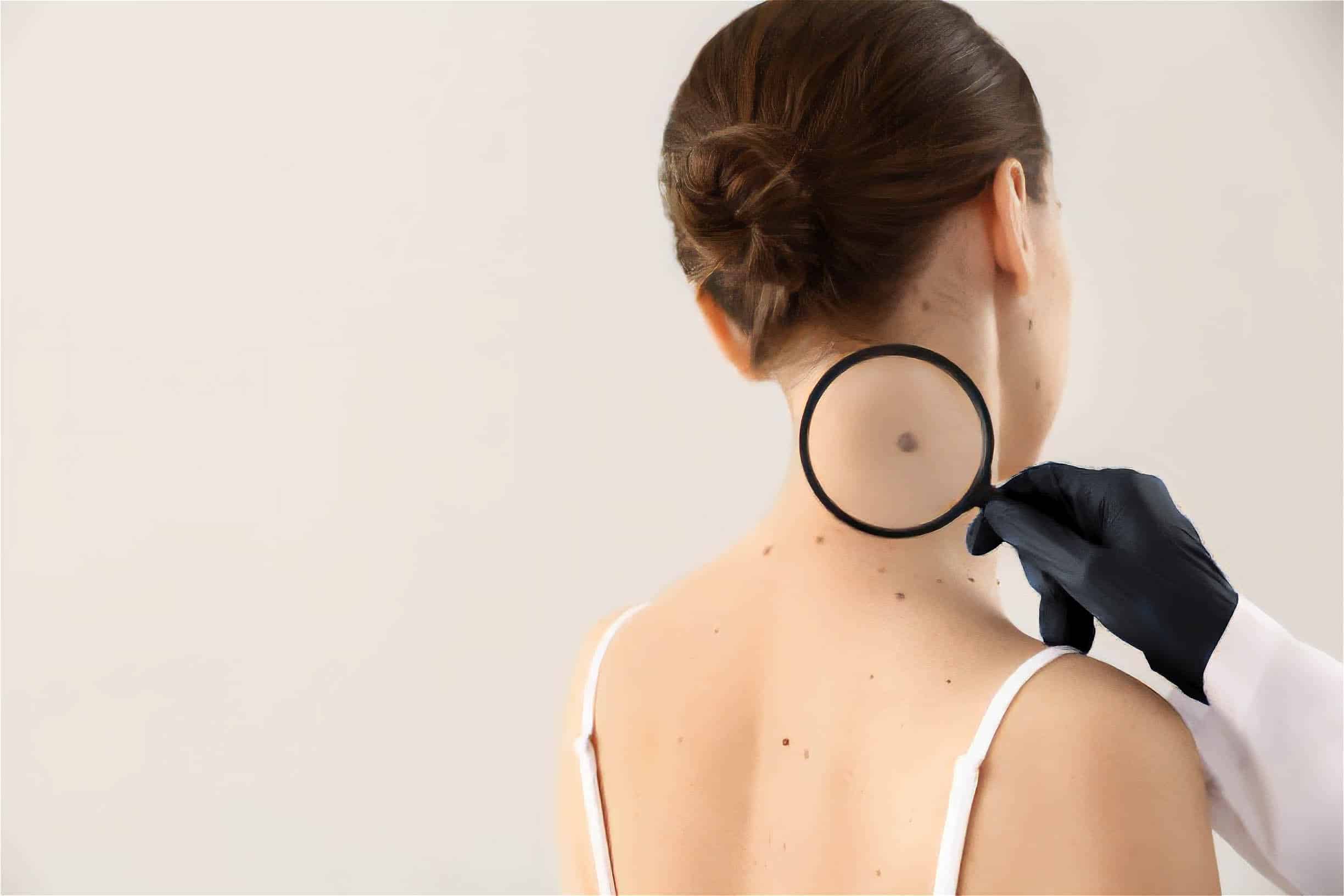
COSMETIC MOLE REMOVAL
COSMETIC MOLE REMOVAL
What is the difference between cosmetic and medical moles?
Moles considered cosmetic are typically those that don’t pose a health risk but may be removed for aesthetic reasons. These are usually uniform in colour, have a regular shape, and haven’t changed over time. Moles requiring medical attention are those that show signs of irregularity, such as asymmetry, irregular borders, colour changes, diameter growth, or evolving characteristics. It’s crucial to consult a doctor or dermatologist if a mole shows these changes, as they could be signs of skin conditions, including melanoma. Regular self-examination and professional check-ups are key for skin health.
Dr. Koh offers two primary mole and skin tag removal methods:
1. Electrosurgical Mole Removal: This method utilizes a specialized device called a Hyfrecator, which delivers controlled low-energy currents to burn off mole or skin tag cells. It’s a swift and minimally invasive procedure that typically doesn’t result in bleeding.
2. Surgical Mole Removal: Scalpels, or medical shave blades are used to excise moles. For larger moles, a deeper excision may be necessary, sometimes reaching down to the skin’s fat layer. After surgery, the wound is closed with stitches, and a scab forms and eventually fades.
Does mole removal hurt and will I have a scar?
The level of discomfort varies depending on the mole’s size and type. For larger moles, local anaesthesia is usually administered to minimize sensation during the procedure. Without anaesthesia, you may experience a mild burning or stinging sensation. We also provide aftercare instructions to prevent infection and scarring.
The type and size of the mole, as well as the removal method, determine the resulting scar. Surgical and Hyfrecator removal typically result in small, faint scars that fade over time. Scar healing varies by individual, with some being more prone to scarring, such as the development of keloid or hypertrophic scars.
